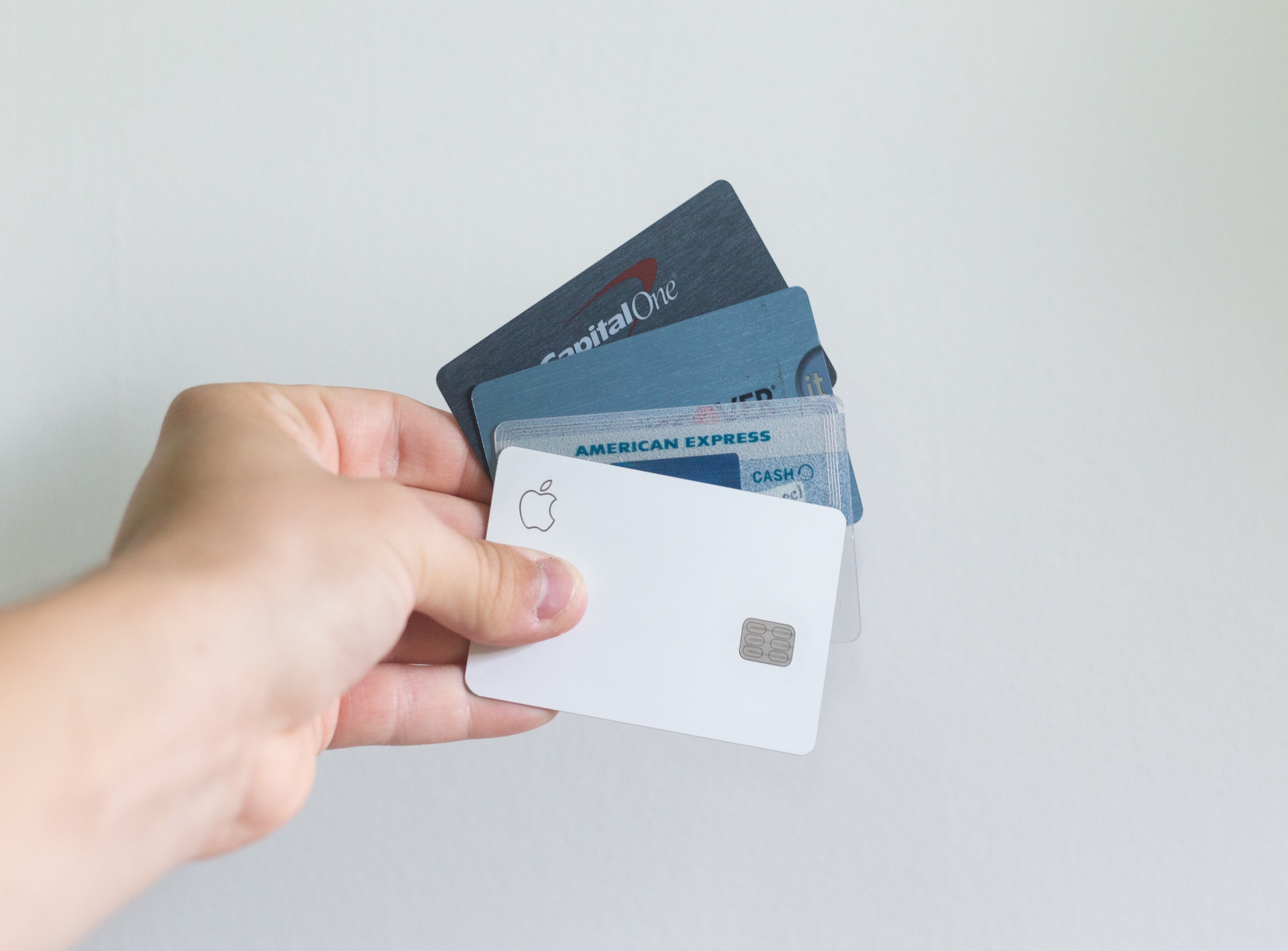You spend money, right? You like making money, right? So why not do both at the same time?
As I’m writing this, I’m waiting to board a flight that is being fully paid for with credit card points. And I didn’t do anything out of the ordinary except switch to a credit card that gives me more money when I spend.
While using points to pay for flights (or anything else for that matter) might not seem earth-shattering and many of you might already be doing this, I was definitely late to the game. And I've come to realize that I'm not the only one. In fact, many people I know aren’t even playing the game either because they don’t know about it, don’t think it’s worth it, or think it’s too complicated. After doing my homework and making the switch four years ago, I think it's totally worth it.
By no means have I selected the absolute best cards (I don't think). Rather, I’ve selected credit cards and a credit card strategy that allows me to get a ton of value out of my spending in accordance with my goals and objectives. But before I get started with my approach, I should offer a few notes:
- If you have credit card debt, you shouldn't be using a credit card. Focus on paying down your balance, then develop good financial habits and spend money with cash or a debit card until you can use a credit card responsibly.
- I don’t have any strong suggestions about how many credit cards one should carry. My conservative side says you only need one (assuming you have your spending under control). For those who are very organized, you can probably carry more than one.
- While I don’t outright endorse multiple cards, a sneaky advantage of having multiple cards in boosting your available credit, which, in turn, should boost your credit score.
- This post is going to sound like an advertisement for Chase and their cards. For the record, I’m not recommending the credit cards or credit card strategy I employ, nor am I sponsored by Chase. I just landed on their cards and their ecosystem as being the best fit for me.
- Chase has a 5/24 rule where you can't open five personal credit cards within a 24-month window. So if you read this and decide to open up a bunch of Chase cards, keep this in mind. Do you homework on each card. While I review the core benefits of the cards that I chose, every card has unique features.
- You should not be spending more money simply to get the benefits of a credit card. If you're going to spend more money, reconsider getting a credit card.
Chase Sapphire Preferred1
Four years ago, I realized two things: I wanted to travel more and my current credit card was doing nothing for me. As a result, I did some research and decided to go with a card that is awesome for travel and rewards my spending more than my previous card. That card is the Chase Sapphire Preferred card. The card offers 2x points2 for restaurant and travel-based expenses and the travel perks are also insane like no foreign transaction fees, cancellation coverage, etc. Moreover, when you book flights, hotels, etc. through the portal with the card, each point becomes 1.25 points. As a result of this perk, I saved
However, cardholders have to pay
Chase Freedom
About a year or so after getting the Chase Sapphire card, I realized that I was still leaving a ton of money on the table. I still hadn’t traveled much since getting the card (I didn’t use any points, at least) and I was only earning rewards for travel and restaurants.
But what about every other thing I buy? That’s where the Chase Freedom card comes in. With the Freedom card, I earn 1.5x on everything. What’s even better is that I earn 3x points on restaurants, which is better than the Chase Sapphire, and 3x points on drugstores. You might not care about drugstores but I live across from a CVS and hit that place up non-stop. And it gets better: the points I earn transfer seamlessly to my Chase Sapphire card where I can max out the points when I book from the Chase portal. After snagging this card, it’s become my go-to. I leave the Chase Sapphire card at home and pretty much only use it when I book travel.
Chase Freedom Flex
Maybe it’s because I’m annoying and felt like I was still leaving some rewards behind but I found out that Chase also has a card that offers quarterly rewards categories where your rewards explode to 5x points: the Freedom Flex card. Of course, I only use this card for the categories of the quarter. The Flex effectively completes the trifecta where I can boost my rewards depending on what I’m spending on and then roll all the points in my Sapphire card for travel. I never thought I’d be that person with three credit cards but here I am, and I'm loving it.
All in all, racking up credit card points is like collecting pennies: in small doses, the amounts seem trivial but in the long run they really add up, especially when you take into account that fact that we spend money so frequently. For those of you who want to take your finances to the next level, taking advantage of credit cards points is a good place to start. Just remember to use them....
Notes
1For some reason, Chase states the Chase Sapphire rewards in terms of a percentage rather than the multiplier system that they use for their other cards. For example, they state that restaurants earn 2%. This confused me for the longest time and I don’t know why they do this. Luckily, I figured out that 2% is the same as 2x.
21x points means that you get 1 point for every


